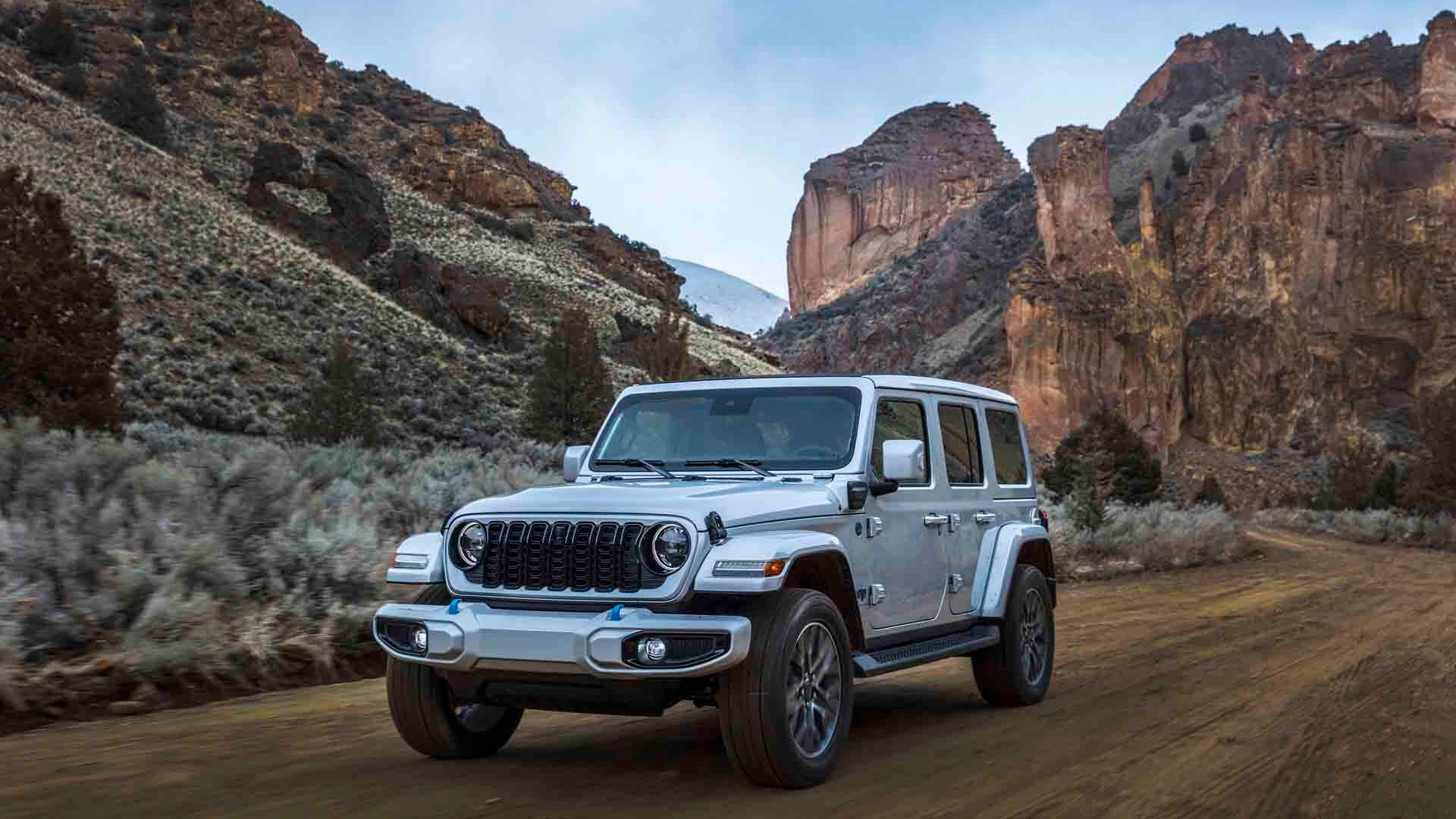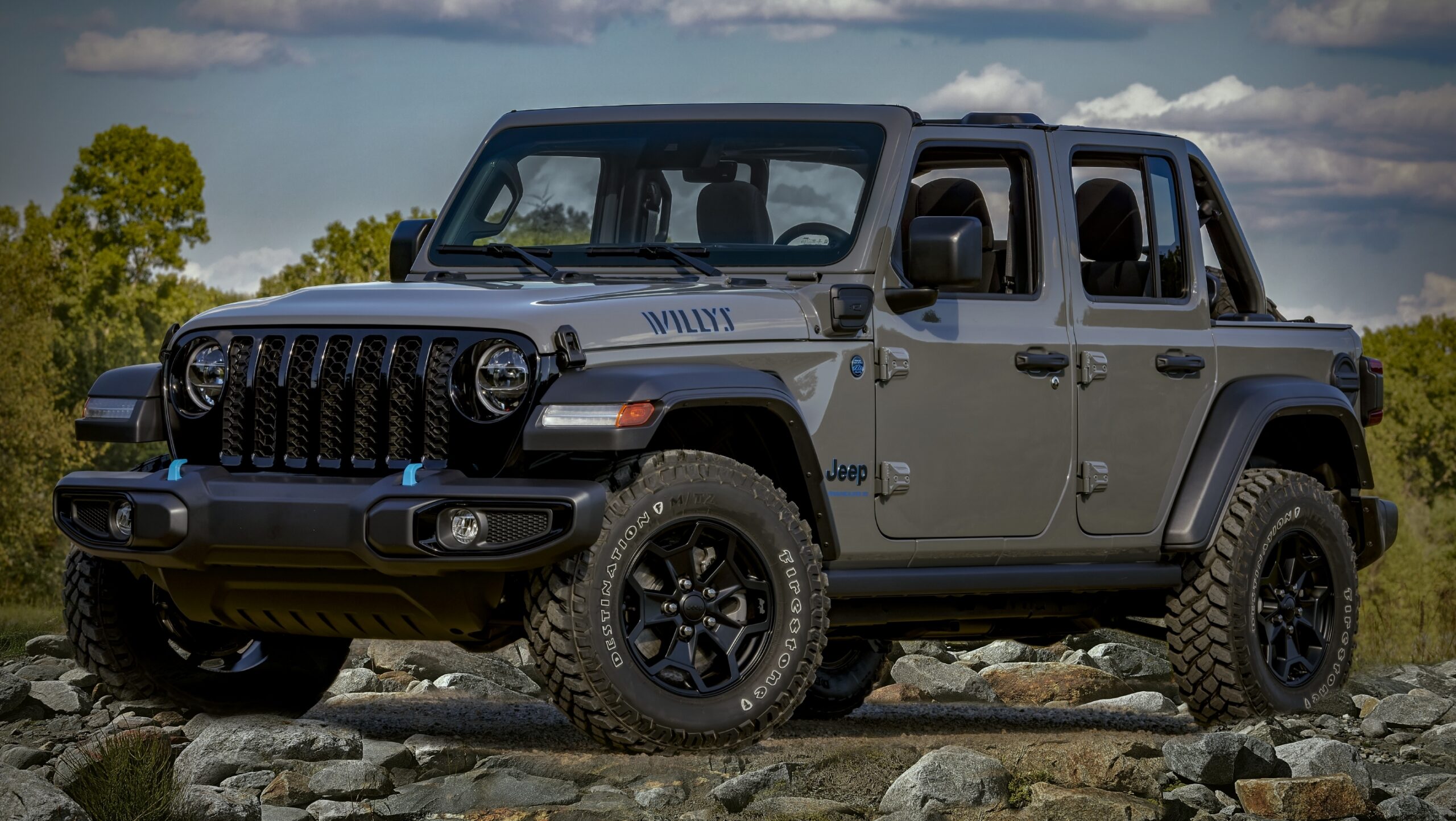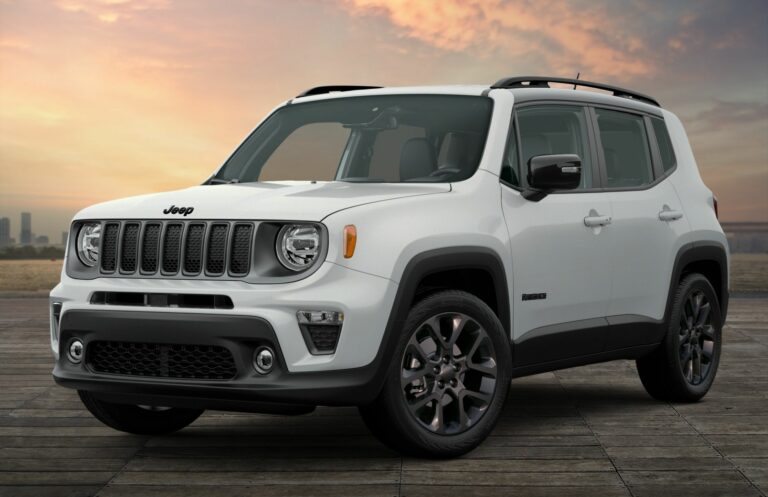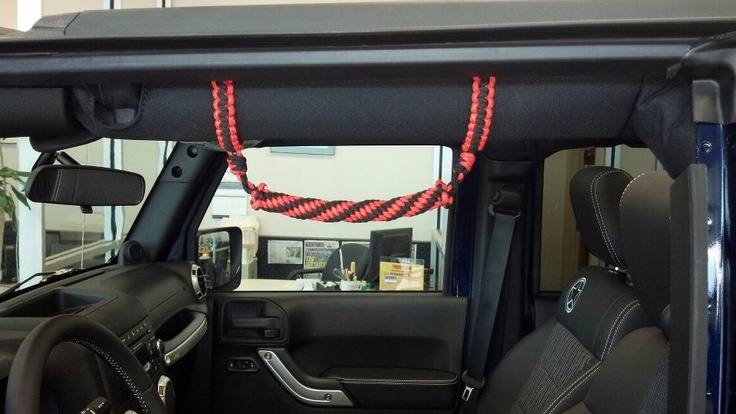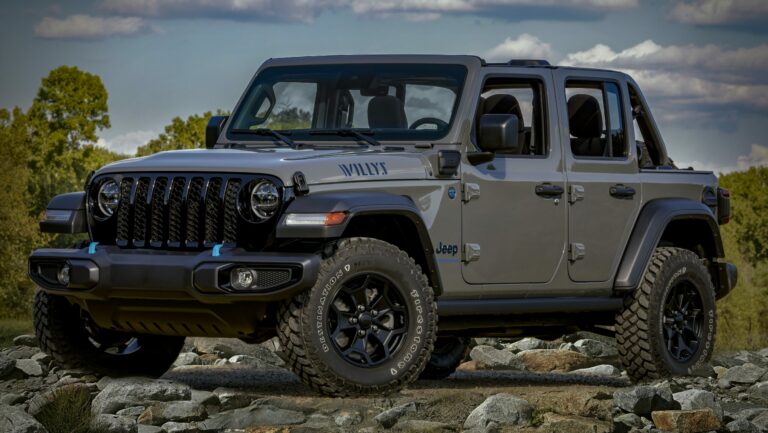Jeep Wrangler 2 Door Kayak Rack: Your Ultimate Guide to Adventure
Jeep Wrangler 2 Door Kayak Rack: Your Ultimate Guide to Adventure jeeps.truckstrend.com
The Jeep Wrangler 2-door embodies the spirit of adventure, offering unparalleled off-road capability and an iconic open-air driving experience. For many owners, this rugged vehicle is not just a mode of transport but a gateway to outdoor pursuits. Among the most popular of these is kayaking, offering a unique blend of tranquility and physical activity on lakes, rivers, and coastal waters. However, transporting a long, bulky kayak on the relatively compact 2-door Wrangler presents a specific challenge. This is where a dedicated Jeep Wrangler 2 Door Kayak Rack becomes an indispensable accessory, transforming your adventure vehicle into a complete outdoor package.
A kayak rack for the 2-door Wrangler is more than just a piece of equipment; it’s an enabler. It allows you to securely and safely transport your watercraft to your chosen launch point, protecting both your kayak and your vehicle while ensuring you arrive ready to paddle. Without a proper rack, you face the logistical nightmare of awkwardly strapping a kayak to a short roof, risking damage, instability, and potentially dangerous situations on the road. This comprehensive guide will explore everything you need to know about choosing, installing, and utilizing a kayak rack for your 2-door Jeep Wrangler, ensuring your next aquatic adventure is as smooth as your drive there.
Jeep Wrangler 2 Door Kayak Rack: Your Ultimate Guide to Adventure
Why a Kayak Rack is Essential for Your 2-Door Wrangler
While the 2-door Wrangler excels in agility and off-road prowess, its shorter wheelbase and compact dimensions mean less roof real estate compared to its 4-door counterpart or traditional SUVs. This makes transporting kayaks, which often exceed 10 feet in length, particularly challenging. Here’s why a specialized kayak rack is not just a convenience, but a necessity:
- Safety: Improperly secured kayaks can shift, detach, or even become airborne at speed, posing significant risks to you, your vehicle, and other motorists. A purpose-built rack provides multiple secure attachment points.
- Protection for Your Gear: Kayaks, especially composite ones, can be delicate. A rack system, often with padded cradles or saddles, distributes weight evenly and prevents abrasions, dents, or structural damage during transit.
- Vehicle Integrity: Strapping directly to the roof or roll bar can scratch paint, dent sheet metal, or strain attachment points not designed for such loads. Racks are engineered to distribute weight safely.
- Legal Compliance: Many regions have laws regarding proper load securement. A dedicated rack helps ensure you meet these regulations, avoiding potential fines.
- Convenience: Once installed, loading and unloading become much quicker and easier, allowing you to spend more time on the water and less time wrestling with straps.
![]()
Understanding the Unique Challenges of the 2-Door Wrangler
The 2-door Wrangler’s distinct design presents specific considerations when it comes to kayak transportation:
- Shorter Roofline: This is the primary challenge. Traditional roof racks might not provide enough span between crossbars for longer kayaks, leading to excessive overhang.
- Hardtop vs. Soft Top: Most robust roof rack systems require a hardtop for secure mounting. Soft tops generally do not offer the structural rigidity needed for heavy loads and can be damaged by rack components. Solutions exist for soft top owners, but they often involve alternative mounting points.
- Roll Bar Integration: The iconic roll bar system can be utilized by some specialized racks, offering a unique mounting solution that bypasses the need for a hardtop.
- Rear Access: Depending on the rack type, particularly hitch-mounted solutions, rear door access might be limited or require the rack to be swung away or removed.

Types of Kayak Racks for the 2-Door Wrangler
The market offers a variety of solutions, each with its own advantages and ideal use cases:
-
Roof-Mounted Rack Systems (Hardtop Required):
- Description: These systems typically consist of two crossbars that attach directly to the hardtop or the rain gutters. On top of these crossbars, various kayak carriers (J-cradles, saddles, stackers) are mounted.
- Pros: Keeps the kayak completely above the vehicle, good for multiple kayaks with stackers, preserves hitch for trailers.
- Cons: Requires a hardtop, can be tall (garage clearance issues), higher wind noise and potential impact on fuel economy. Loading can be challenging due to height.
- Examples: Thule, Yakima, Smittybilt, Rhino-Rack systems designed for Wrangler hardtops.
-
Hitch-Mounted Extenders:
- Description: These are L-shaped or T-shaped bars that insert into your Wrangler’s 2-inch receiver hitch. The vertical arm extends upwards, providing a rear support point for the kayak, with the front of the kayak resting on a foam block or soft rack on the roof/hood.
- Pros: No hardtop required, easier loading (lower height), relatively inexpensive, simple installation/removal.
- Cons: Kayak extends significantly beyond the rear, can obscure taillights/license plate (requiring flags/lights), limits rear access, only suitable for one kayak.
- Examples: Darby Industries, Malone, Lund.
-
Integrated/Body-Mounted Rack Systems:
- Description: These are more robust, often heavy-duty systems that mount directly to the Wrangler’s body (e.g., A-pillar, rear quarter panels, or roll cage), bypassing the hardtop entirely. Some can even flip back for soft top operation.
- Pros: Extremely strong and stable, often higher weight capacity, allows for soft top use, more permanent solution.
- Cons: More expensive, complex installation (often drilling required), heavier, can be very tall.
- Examples: Garvin Wilderness, Gobi, Front Runner, TeraFlex Nebo.
-
Soft Racks (Temporary):
- Description: These are inflatable or foam-padded blocks that sit directly on the roof, secured by straps that run through the vehicle’s interior.
- Pros: Very affordable, highly portable, easy to store, no hardtop required.
- Cons: Not suitable for long distances or highway speeds, limited weight capacity, can still cause minor paint damage if not careful, straps inside the cabin can be intrusive.
- Examples: HandiRack, Thule Portage.
Key Considerations When Choosing Your Rack
Selecting the right kayak rack involves evaluating several factors to match your needs and your Wrangler’s capabilities:
- Kayak Type and Weight: A lightweight recreational kayak requires less robust support than a heavy fishing kayak with gear. Know your kayak’s dimensions and weight.
- Number of Kayaks: Do you need to carry one, two, or even more kayaks? J-cradles and saddles are typically for single kayaks, while stackers can carry multiple.
- Hardtop or Soft Top: This is a crucial determinant. Ensure your chosen rack is compatible with your Wrangler’s current configuration.
- Installation Complexity: Are you comfortable with drilling and complex assembly, or do you prefer a bolt-on or temporary solution?
- Durability and Materials: Look for high-quality, weather-resistant materials like powder-coated steel or aluminum to withstand the elements.
- Security Features: Does the rack offer locking mechanisms for both the rack itself and your kayaks?
- Aerodynamics and Fuel Efficiency: All racks will increase drag, but some designs are more aerodynamic than others. Consider the impact on your gas mileage, especially for long trips.
- Off-Road Use: If you plan to tackle challenging trails with your kayak, choose a heavy-duty, body-mounted system for maximum stability and durability.
- Garage Clearance: Measure your Wrangler’s height with the rack installed to ensure it fits into your garage or parking structures.
General Installation and Loading Tips
While specific instructions vary by model, here are general principles for safe installation and loading:
Installation:
- Read the Manual: Always follow the manufacturer’s instructions precisely.
- Clean Mounting Surfaces: Ensure surfaces are free of dirt and debris to prevent scratches and ensure a secure fit.
- Check All Fasteners: After initial installation and periodically thereafter, re-check all bolts and fasteners for tightness.
- Seek Professional Help: If you’re unsure or uncomfortable with the installation, consider professional assistance, especially for drilling-required systems.
Loading and Securing:
- Get Help: Kayaks are long and unwieldy. Enlist a friend for easier and safer loading, especially on roof-mounted systems.
- Use Proper Technique: For roof racks, lift one end onto the rear bar, then slide the kayak forward. For hitch extenders, slide the kayak over the rear support and onto the front support.
- Center and Balance: Position the kayak to distribute weight evenly across the rack bars.
- Secure with Straps:
- Use cam buckle straps over the kayak and around the crossbars. Avoid ratchet straps, which can overtighten and damage the kayak.
- Always use bow and stern lines. These are critical for preventing fore-aft movement, especially on the shorter 2-door Wrangler. Attach them to sturdy points on your Jeep (tow hooks, frame).
- Ensure straps are snug but not overtightened. Check for twisting.
- Tie off any excess strap material to prevent flapping.
- Perform a "Wiggle Test": After securing, gently try to wiggle the kayak. If it moves significantly, re-tighten and re-adjust.
Maintenance and Care
- Regular Inspections: Periodically check all bolts, straps, and rack components for wear, corrosion, or damage.
- Cleaning: Wash the rack with mild soap and water, especially after exposure to saltwater or harsh environments.
- Lubrication: If your rack has moving parts or locks, lubricate them occasionally to ensure smooth operation.
- Storage: If you remove the rack, store it in a dry place, away from direct sunlight, to prolong its life.
Common Challenges and Solutions
- Wind Noise: All racks generate some wind noise. Solutions include fairings (wind deflectors) for crossbar systems, or choosing more aerodynamic rack designs.
- Fuel Economy Impact: Expect a slight drop in MPG. Minimize this by removing the rack when not in use, if practical.
- Garage Clearance: Measure before you buy! If it’s too tall, consider a hitch-mounted solution or an integrated system that allows for easier garage access.
- Theft Prevention: Lockable rack systems and kayak carriers are highly recommended. Always remove expensive kayaks and gear if leaving your vehicle unattended for extended periods.
- Overhang: Due to the 2-door’s length, a significant portion of the kayak will extend past the front or rear. Always use red warning flags for any load extending more than 4 feet beyond the rear of your vehicle.
Price Table: Estimated Costs for Jeep Wrangler 2-Door Kayak Racks
Please note that these are estimated price ranges and can vary significantly based on brand, materials, specific features, and retailer. Installation costs (if professional) are extra.
| Rack Type | Description | Estimated Price Range (USD) | Key Features / Notes |
|---|---|---|---|
| Soft Rack | Temporary foam/inflatable pads with straps through the car. | $50 – $150 | Highly portable, easy storage, low cost. Not for long distances or heavy kayaks. |
| Hitch-Mounted Extender | L-shaped bar into receiver hitch, supports rear of kayak. | $100 – $300 | No hardtop needed, easy loading. Kayak overhangs significantly, may block rear access/lights. |
| Roof Rack System (Base Bars) | Crossbars that mount to hardtop or rain gutters (does not include carriers). | $250 – $600 | Foundation for roof carrying. Requires additional kayak carriers. Hardtop required. |
| J-Cradle Kayak Carrier | Mounts to roof rack crossbars, holds kayak on its side. | $100 – $250 (per kayak) | Secure, space-efficient (can carry 2 kayaks if wide enough crossbars). Requires a base roof rack. |
| Saddle Kayak Carrier | Mounts to roof rack crossbars, cradles kayak flat. | $100 – $300 (per kayak) | Good for wider, flatter kayaks. Easier loading for some. Requires a base roof rack. |
| Stacker Kayak Carrier | Mounts to roof rack crossbars, allows stacking multiple kayaks on edge. | $100 – $200 (per set) | Best for carrying multiple kayaks (3-4). Requires a base roof rack. |
| Integrated/Body-Mounted Rack | Heavy-duty, often permanent systems attached to body/roll bar. | $600 – $1,500+ | Most robust, high capacity, allows soft top use (some models). Complex installation, higher initial cost. |
Frequently Asked Questions (FAQ)
Q1: Can I use a kayak rack with a soft top on my 2-door Wrangler?
A1: Most traditional roof rack systems require a hardtop for secure mounting. However, hitch-mounted extenders and certain integrated/body-mounted rack systems are designed to work with soft tops or without a top. Soft racks are also an option for very short distances.
Q2: How fast can I drive with a kayak on my 2-door Wrangler?
A2: Always check the rack manufacturer’s speed recommendations, but generally, it’s advised to drive below 70 mph (110 km/h) with a kayak mounted. High speeds increase drag, wind noise, and stress on the rack and straps.
Q3: Do I really need bow and stern lines for my kayak?
A3: Absolutely, yes. Bow and stern lines are crucial, especially for longer kayaks on the shorter 2-door Wrangler. They prevent fore-aft sway and lift, which can be dangerous and damaging.
Q4: Will a kayak rack damage my Jeep?
A4: A properly installed and used kayak rack, designed for your specific Wrangler model, should not damage your Jeep. However, improper installation, overloading, or neglecting maintenance can lead to scratches, dents, or structural issues.
Q5: How much weight can a kayak rack hold?
A5: The weight capacity varies significantly by rack type and manufacturer. Always check the specific rack’s weight limit, and also consider your Wrangler’s roof load capacity (if applicable) and overall vehicle payload. Never exceed these limits.
Q6: Is professional installation necessary for a kayak rack?
A6: For simpler systems like hitch extenders or soft racks, DIY installation is straightforward. For complex roof rack systems or integrated body-mounted racks that may require drilling, professional installation is recommended if you’re not confident in your mechanical skills.
Conclusion
The Jeep Wrangler 2-door, with its rugged charm and undeniable capability, is a perfect companion for outdoor adventures. Adding a dedicated Jeep Wrangler 2 Door Kayak Rack unlocks a new dimension of exploration, transforming your vehicle into a versatile platform for aquatic escapades. By carefully considering your specific needs, understanding the unique aspects of the 2-door Wrangler, and choosing the right rack system, you can ensure your kayak transportation is safe, secure, and hassle-free. So, gear up, hit the road, and let your 2-door Wrangler carry you and your kayak to your next unforgettable paddling experience. The water awaits!
